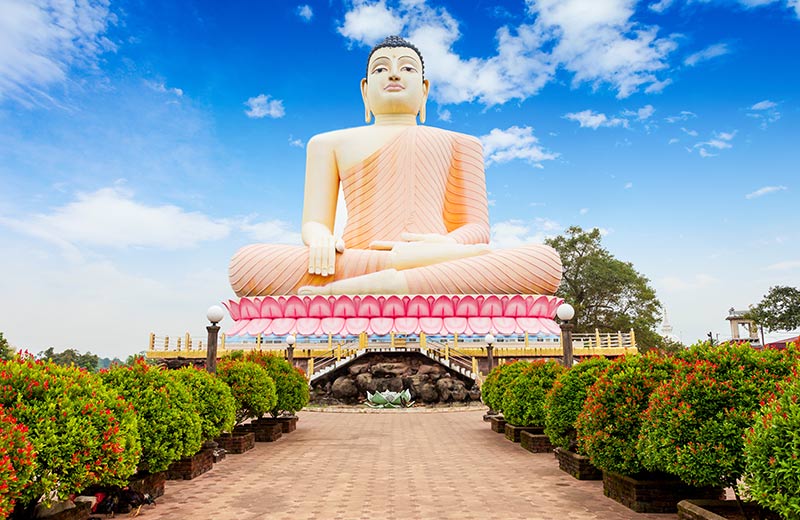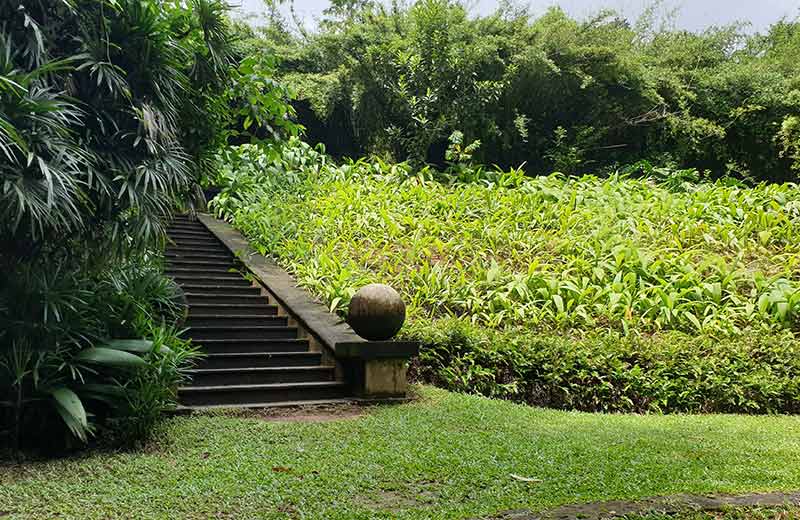Galapata Raja Vihara
The Origins
The Galapata Raja Maha Vihara is an ancient Buddhist temple that lies close to the Bentara river. There are four other temples operating along the route of the river bend, and it is believed that these five temples once belonged to a larger temple complex that covered an area of over 1000 acres, built between 250 BC and 210 BC by an ancient king. When the kingdom of Polonnaruwa was in power, the five temples are said to have been headed by the Galapata Raja Vihara.
Colonialism and Restoration
Between the early 16th century and mid-17th century, when Sri Lanka was occupied by the Portuguese, the Galapata Raja Vihara was destroyed and its treasures stolen, as was the case with all the surrounding Buddhist temples in the area. Today, the temple has been rebuilt and is known for holding the tooth relic of Lord Buddha’s third disciple, which is buried in the temple’s Stupa.
What You Can Witness
The main temple building showcases several bright and colourful statues, and there is a 25-foot long statue of a sleeping Buddha. The stone pathway at the entrance of the temple leads to an arched doorway that features two monolithic rock pillars dating back to the Kandyan period, carved with elaborate motifs of a legendary flower from the Himalayas. This flower grows from the mythical Nari Latha creeper and was said to have bloomed into the shape of a seductive woman, becoming a distraction from the meditation of the enlightened Rishis of the temple.



